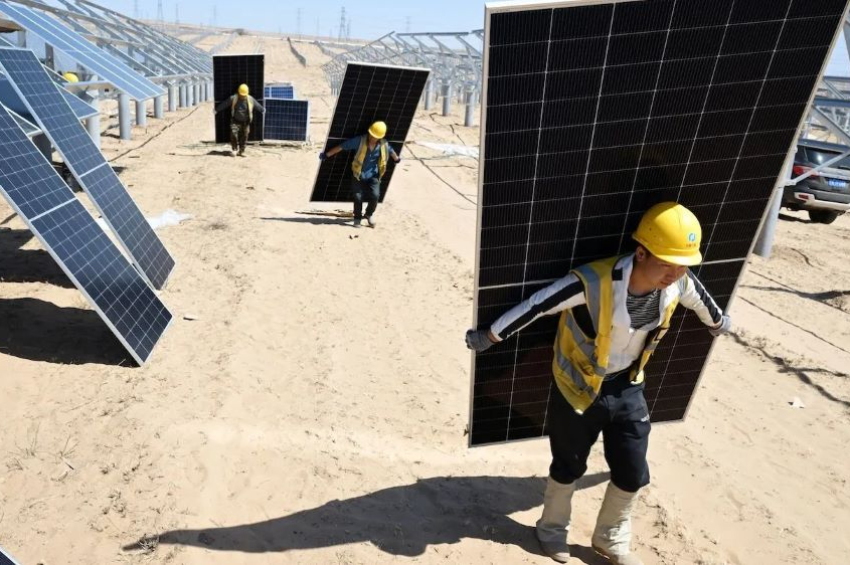Who is helping Ukraine to defend itself from Russia?
Ever since Russia launched its full-scale invasion of its western neighbor on 24 February 2024, most countries in the free world rushed to aid Ukraine. During the three years of war, international aid to Ukraine totaled €267.2 billion, comprising €129.8 billion in military support, €118.5 billion in financial assistance, and €19.0 billion in humanitarian aid, according to a new report released by the Kiel Institute for the World Economy.
The United States led all contributors with €114.1 billion — most of it directed toward military aid. The administration of Donald Trump blocked all types of aid for Ukraine in early 2025, for a short time, but implied that U.S. support may be discontinued in the future.
More to read:
Nearly 2/3 of Abrams tanks supplied to Ukraine have been damaged or captured
The European Union, through both the Commission and the Council, provided €48.9 billion, largely in financial backing.
Among other major European donors, Germany contributed €17.3 billion, and the United Kingdom €14.8 billion. Altogether, European nations supplied €132.3 billion in aid, reflecting strong regional unity.
United States
Financial aid: 39.33% of global total
Humanitarian aid: 18.04% of global total
Military aid: 49.42% of global total
European countries
Financial aid: 48.16% of global total
Humanitarian aid: 69.88% of global total
Military aid: 47.82% of global total

From outside Europe, Japan and Canada added €10.5 billion and €8.3 billion, respectively.
Military aid represented the largest portion of total assistance, underscoring the international focus on strengthening Ukraine’s defense capabilities.
Meanwhile, countries from other regions (excluding North America and Oceania) contributed €20.8 billion. This broad-based international support highlights a sustained global commitment to Ukraine’s military resilience, economic stability, and humanitarian needs in the face of ongoing conflict.
More to read:
Ukraine integrates AI into drones, paving the way for future warfare
Humanitarian aid falls broadly into two categories - emergency and reconstruction and was either in-kind (material and equipment) or financial (grants and loans to finance humanitarian activities). This assistance was used to purchase medical supplies, food, and clothing, to conduct demining and sheltering operations, and to reconstruct energy infrastructure and civilian buildings.
Most of the financial aid has as a purpose either general or sector budget support. It refers to loans and grants, or credit guarantees and credit swap lines which enhance financial stability and catalyze external financing.
More to read:
Ukraine deploys domestically-made ground robot for combat missions
The military aid consists of military related financing, either via direct procurement or partner country procurement, and in-kind (material) assistance such as military equipment (helmet, body armor, gas mask), small-caliber weapons (rifle, pistol, grenade launcher, machine gun), and heavy weapons (artillery unit, main battle tank, armored vehicle, aircraft, air defense system).
The report covers the official channels of aid and does not include data related to private donations and crowdfunding activities, which offered substantial aid too. One such benefactor is Howard Buffett, son of billionaire investor Warren Buffett. His support focuses on humanitarian needs like infrastructure, agriculture, and demining, for which his foundation has contributed about $800 million to Ukraine by the end of 2024.







